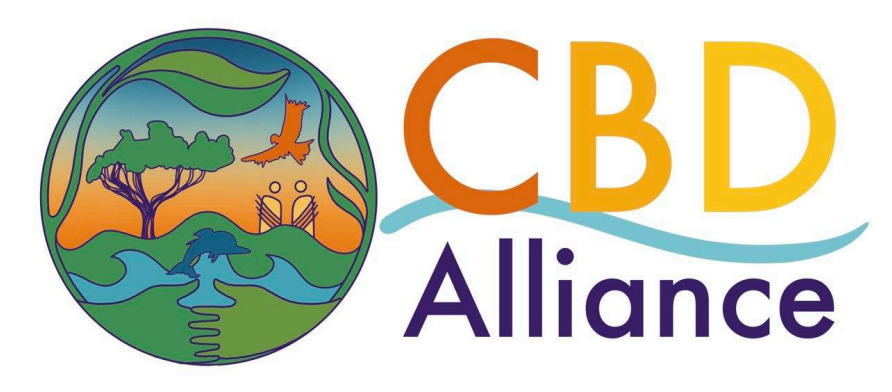Nele Mariën, Friends of the Earth International
Debt-for-Nature Swaps (DFNS) are being promoted as innovative tools that can tackle two challenges at once: sovereign debt and biodiversity loss. Part of a country’s external debt is restructured in exchange for commitments to finance conservation or climate-related programmes.
Ahead of the next SBI meeting in Rome, which will look into finance issues, Friends of the Earth International’s new publication on the topic tries to give an answer to the question of whether these are real solutions for biodiversity and the indebtedness of countries.
Minimal Debt Relief
Countries in the Global South carry very high debts, often historically unjust ones, contracted under dictatorial regimes or under coercive conditions imposed by international financial institutions. Servicing these debts has forced governments to expand extractive industries — mining, oil, monocultures, and logging — in order to earn foreign currency. This has intensified deforestation, pollution, and land dispossession in some of the world’s most biodiverse regions.
DFNS have made only a negligible impact on debt. Since the 1980s, they have relieved just 0.11% of developing countries’ total external debt. Rather than cancelling debt, most swaps involve refinancing or restructuring existing obligations, often under new conditions. The swaps often primarily benefit creditors and financial intermediaries, who receive fees and guarantees from public institutions. For heavily indebted countries, this no new fiscal space. Fiscal resources that could otherwise support essential services — such as health, education, or climate adaptation — remain tied to repayment obligations.
Uncertain Benefits for Nature
DFNS are often presented as a way to fund conservation and biodiversity protection. However, evidence of lasting environmental benefits is limited. Many projects focus on expanding protected areas without addressing the main drivers of biodiversity loss — such as extractive industries, large-scale agriculture, or fossil fuel dependence.
Funds generated through swaps are typically managed by conservation trust funds, often with international oversight. This usually reduces national and local ownership over conservation priorities. In some cases, the governance of these funds is heavily influenced by external institutions, raising questions about transparency and accountability.
Risk of External Control
Debt-for-Nature Swaps can also reshape who makes decisions about land use and biodiversity management. When conservation funds are governed primarily by international partners, debtor countries may lose decision-making power over their own environmental policies.
Communities living in or near conservation areas can also be affected. In some cases, DFNS have led to restrictions on land use without adequate consultation or participation of local people.
The Need for Systemic Solutions
The challenges of debt and biodiversity loss are deeply interconnected. To truly support countries in addressing biodiversity decline, measures are needed that:
-
Provide substantial and unconditional debt cancellation, especially for countries facing climate and ecological vulnerabilities.
-
Ensure public and transparent financing for conservation, rather than relying on complex financial instruments.
-
Strengthen community-led and rights-based approaches that protect ecosystems while supporting livelihoods.
-
Address the structural causes of unsustainable debt, including unfair trade relations and dependence on resource extraction.
Read the full report The Green Trap of Debt-for-Nature Swaps
